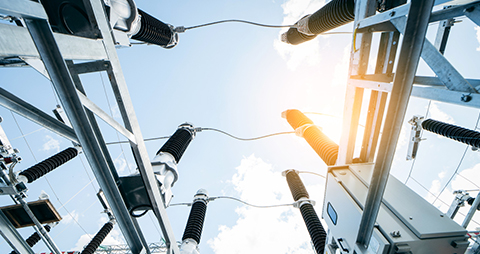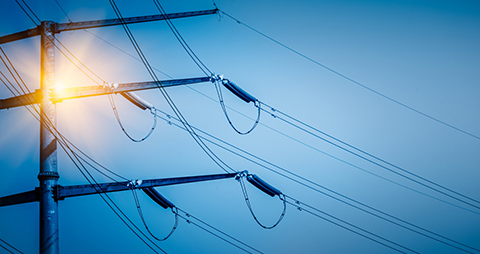Customer Generation at SDG&E

Important Generation Interconnection Notices
CAISO Notices:
The next proposed available cluster application window for interconnection requests to the CAISO Cluster Study Process will be October 1 – October 15, 2026.
SDG&E WDAT Notices
As a result of FERC’s approval of SDG&E’s compliance filing on Order No. 2023, the next proposed available cluster application window for interconnection requests to the WDAT Cluster Study Process (that parallels that of the CAISO) will be October 1 – October 15, 2026. As of August 15, 2024, interconnection requests for the Independent Study Process (ISP) will no longer be accepted. SDG&E will continue to accept WDAT interconnection requests to the Fast Track and Cluster Study processes as set forth in the WDAT Generator Interconnection Procedures (GIP).
SDG&E Rule 21 Notices
Overview of Generation Interconnection
Any entity that seeks to interconnect a proposed generating or energy storage facility to SDG&E’s transmission system or distribution system, whether that is a homeowner, the homeowner’s energy contractor, or a third-party developer of generating/storage facilities, is considered an Interconnection Customer (IC) by SDG&E.
IC’s may find the following presentation entitled “Generation 101” helpful
Where interconnection requests are made/sent depends on several factors, including the following:
Where is the facility interconnecting?
- to SDG&E's Transmission System or
- to SDG&E's Distribution System
How does the facility owner/operator expect to be paid for the power/storage it generates?
- To SDG&E only via procurement program or Power Purchase Agreement, or
- To an independent energy buyer via Power Purchase Agreement, or
- To a participant in the California Energy Marketplace administered by the California Independent System Operator (CAISO)

If the proposed generating/storage facility is interconnecting to SDG&E’s Transmission System – selling to independent energy buyer or CAISO market, interconnection is made directly to CAISO .
If interconnecting to SDG&E’s Distribution System – Selling to SDG&E under a program or PPA
- Residential rooftop solar, solar + storage, or stand-alone storage under the Solar Billing Plan program, interconnection is made to SDG&E using the online interconnection portal.
- Non-NBT generating/storage facilities (subject to California Rule 21), either exporting or non-exporting projects, interconnection is made to SDG&E using the online interconnection portal.


If interconnecting to SDG&E’s Distribution System – Selling to independent energy buyer or CAISO market at wholesale (subject to SDG&E’s Wholesale Distribution Access Tariff, or WDAT), interconnection is made to SDG&E using the online interconnection portal.
For Detailed Information on Interconnection Rules/Procedures
Please use the following links to further explore interconnection rules and tariffs:
CASIO Interconnection Procedures
Solar Billing Plan Tariff Procedures
Rule 21 Interconnection Procedures
WDAT Interconnection Procedures
SDG&E Wholesale Distribution Access Tariff (WDAT) Information and Interconnection Procedures
Other important interconnection-related information
SDG&E WDAT Interconnection Queue
SDG&E Combined WDAT and Rule 21 Interconnection Queue
SDG&E Interconnection Handbook